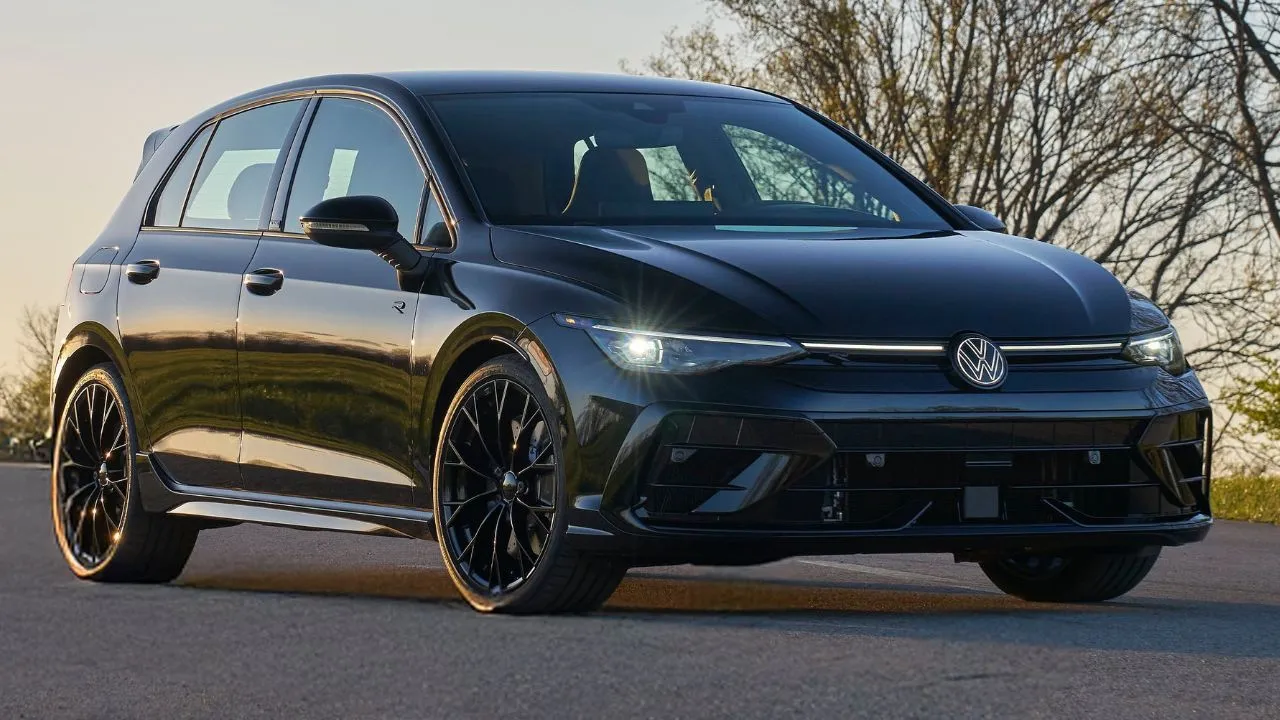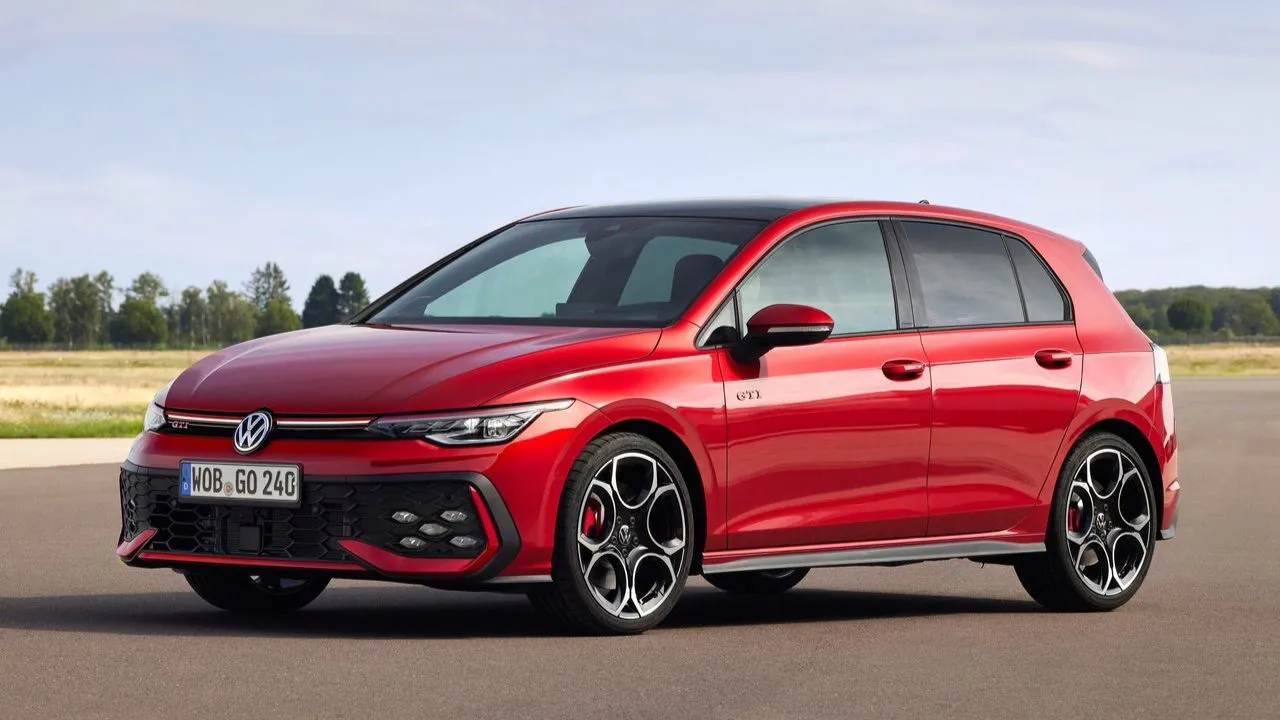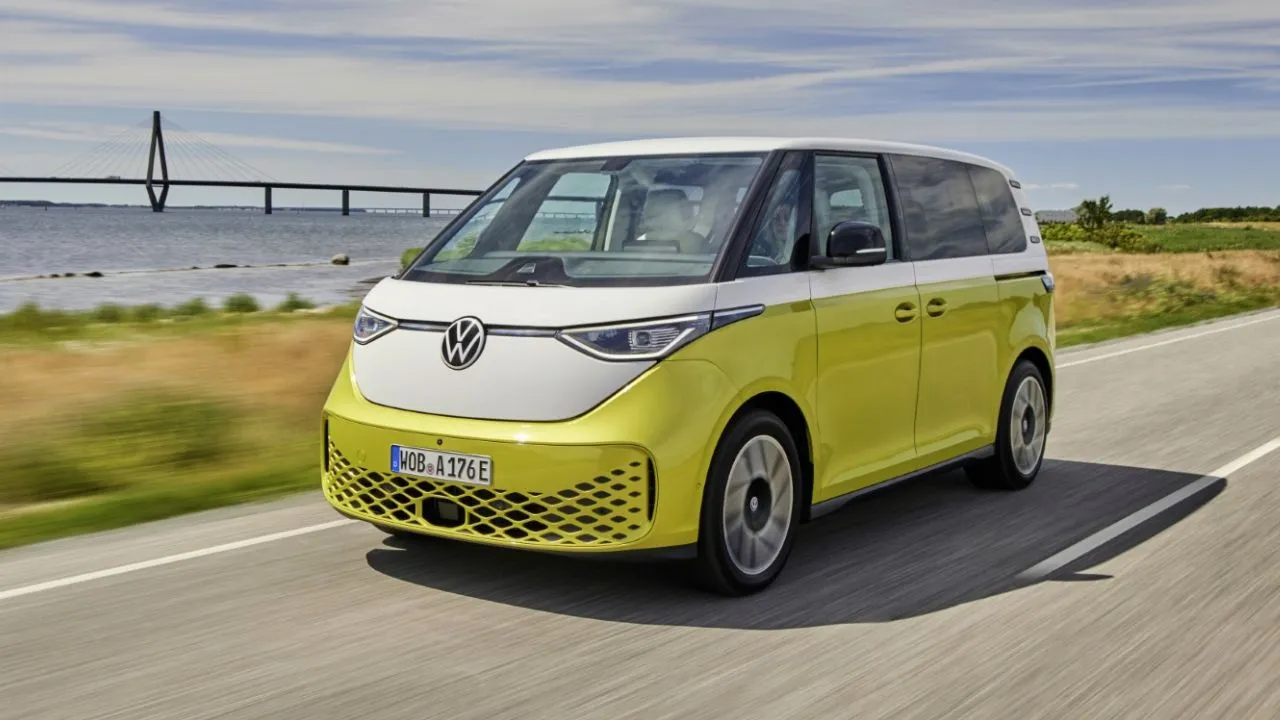Volkswagen Virtus launched in India, price starts at Rs 11.22 lakh
Volkswagen has launched the Virtus sedan in India with prices starting at Rs 11.22 lakh (ex-showroom) in India. The car is based on the heavily localised MQB A0 IN platform that underpins the Skoda Slavia.

Volkswagen has launched the Virtus sedan in India at prices starting at Rs 11.22 lakh (ex-showroom) for the Comfortline variant and going up to Rs 17.91 lakh (ex-showroom) for the top-rung GT Plus variant.
Under the skin of the Volkswagen Virtus is the heavily localised MQB A0 IN chassis, which also underpins the likes of the Slavia, Kushaq, and Volkswagen Taigun.
It is to be noted that the Volkswagen Virtus and the Skoda Slavia are essentially siblings, sharing the same platforms along with other major elements. However, in terms of design, both cars exhibit the approach of their respective bands. While the Slavia has a sportier sleek look, the Virtus has a more mature and grown-up look. At the front, it gets a squared nose with chrome detailing, which is used to highlight important details.
The Virtus is also the biggest car in its segment. Notable visual elements in the car come in the form of an L-shaped LED strip, which merges seamlessly with the grille, and the VW logo pops out nicely in 3D. Unlike the Slavia, the Virtus has almost no cuts and creases on the bonnet, and even the partially blacked-out taillights look both edgy and sophisticated.
Inside, the Volkswagen Virtus comes with a slew of features, including a 10-inch touchscreen infotainment system with wireless Android Auto and Apple CarPlay, push-button start/stop, and a fully digital driver's display. Apart from these, it also features a single-pane sunroof, connected car tech, a wireless phone charger, ventilated front seats, and rain-sensing wipers.
In terms of powertrain, the Virtus will come with a 1.0-litre turbo-petrol engine, which delivers 113bhp and 178Nm of torque, and a 1.5-litre turbo-petrol engine that outputs 148bhp and 250Nm of torque. While the 1.0-litre unit is coupled with a standard 6-speed manual and an optional 6-speed automatic, the bigger 1.5-litre unit is mated only to a 7-speed DCT (dual-clutch automatic).








Write your Comment on